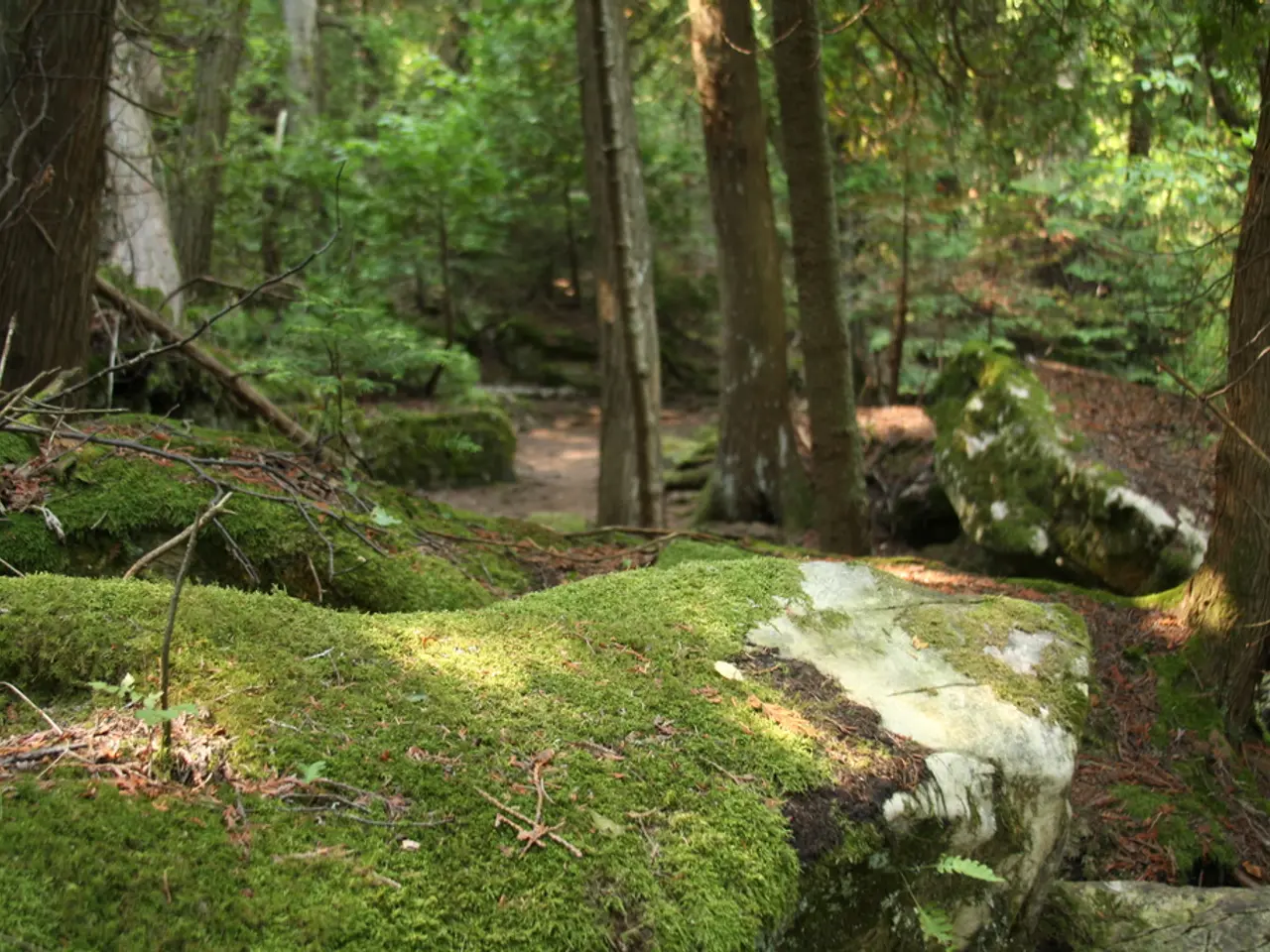Transitioning Vegetation: Moving from Sphagnum Moss to Earthy Soil
Moving a plant from sphagnum moss to soil requires careful consideration and gentle handling to ensure a successful transition. Here's a guide to help you through the process.
Assessing Plant Health
Before you begin, it's essential to assess the health of your plant. Check the roots for any signs of rot or damage, and trim any unhealthy parts before planting.
Choosing the Right Potting Mix and Pot
Select a fresh, sterile potting mix that is well-aerated and has good drainage. A mix enriched with perlite or coarse sand is ideal. Prepare a pot with adequate drainage holes, and consider adding a drainage layer like gravel or volcanic rock at the bottom.
Preparing the Plant for Transplant
Carefully remove the plant from the moss, gently loosening the roots without causing damage. If the moss is tightly packed around the roots, soak the rootball in lukewarm water to help loosen it.
Transplanting the Plant
Plant the prepared plant in the new soil, ensuring the root ball is well-covered but not compacted. Water lightly after transplanting to settle the soil.
Post-Transplant Care
Keep the soil consistently moist but never soggy for the first few days after transplanting to reduce transplant shock and encourage root establishment. Avoid walking on the soil as it may compact, making it harder for roots, water, and air to penetrate.
Hardening Off the Plant
Place the plant in partial shade for 2-3 weeks to ease stress during recovery. If the season or climate is dry, spread mulch over the soil to reduce moisture loss.
Monitoring Plant Growth and Adjusting Watering Routine
After transplanting, monitor the plant's growth and well-being, and adjust the watering routine as needed.
Key Points to Remember
- Assess plant health by checking roots for rot or damage; trim unhealthy parts before planting.
- Use a fresh, sterile potting mix with good aeration and drainage; mixing in perlite or coarse sand helps.
- Prepare the pot with adequate drainage and consider adding a drainage layer like gravel or volcanic rock.
- Transition from sphagnum moss gently to avoid root damage; avoid compacting soil around roots.
- Keep soil moist but not waterlogged for the first few days post-transplant; avoid overwatering which causes root rot.
- Protect the plant from direct sun for several weeks to reduce transplant stress and promote recovery.
By following these steps, you can help your plant make a smooth transition from sphagnum moss to soil. Be prepared to lose some secondary roots during the process, and gently tease the roots from the root tips away from the moss ball. Before transplanting, prepare the garden soil by loosening and aerating it, removing rocks and weeds, and adding organic matter. Choose a well-draining potting mix with ingredients like perlite, bark, coconut coir, and/or peat moss.
Vegetable gardening can be an enjoyable addition to one's lifestyle, as it provides a sense of accomplishment and promotes a home-and-garden-oriented lifestyle. Implementing the guide to move a plant from sphagnum moss to soil properly can help ensure a successful transition in the gardening process.




